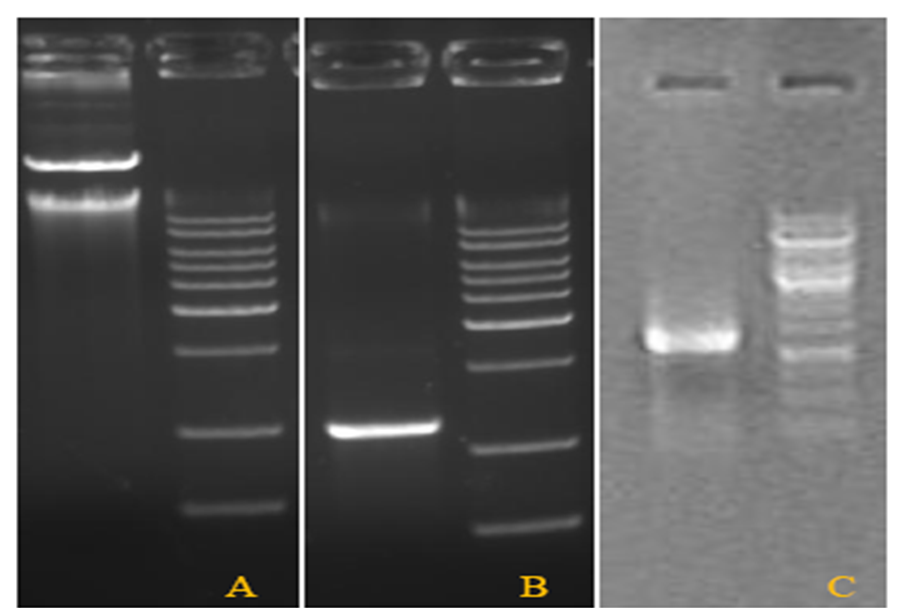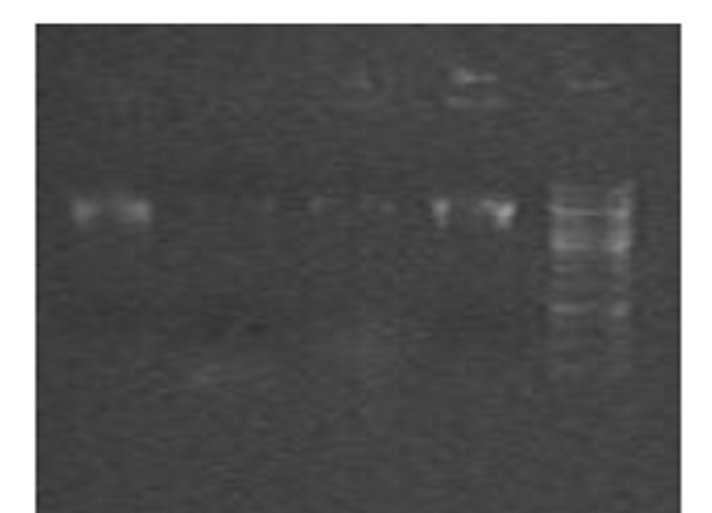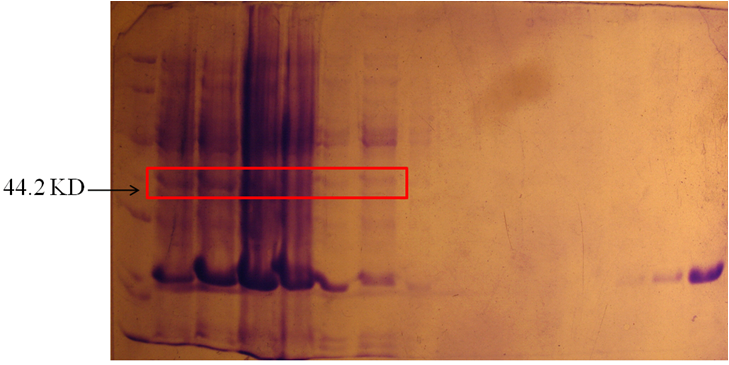Team:Tsinghua/Result3
From 2009.igem.org
Contents |
Targeted Biobrick Construction
In this section, we were contructing two contructs in paralell. First, to contruct a standardized Targeted Biobrick for parts registry, where Targeted Biobrick can be served for further use by other teams or researchers. Second, to incorporate Targeted Biobrick into an expression vector pET-28a to test its expression. Targeted Biobrick was contructed via two rounds of PCR.
The expression vector was used for Targeted Biobrick characterization, while the standardized Targeted Biobrick has been submitted to iGEM headquarters for parts registry. We have successfully gained the desired Targeted Biobrick protein of 44184.58 Daltons.
In conclusion, we have successfully contructed Targeted Biobrick for both part registry and expression (most of the results have not been showed here to make our wiki concise). Of course, the next step should be the characterization of its targeted function.
C-Targeted Biobrick Fusion
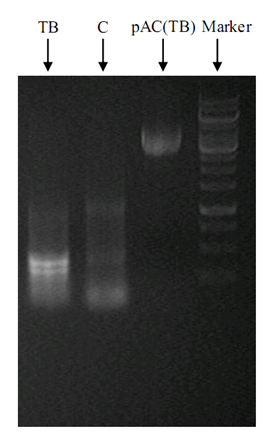
The construction of C-Targeted Biobrick fusion protein is identified by PCR. The fusion protein was directly engineered to the synthesized pACYCDuet-1+lysis+C+D+E+FI+FII. Thus, the positive clone, co-tranformed with pET-28a+Nu1+A+W+B, will be able to produce the targeted GenSniper with the desired fiber of defined specificity. However, we chose to characterize the function of Targeted Biobrick firstly according to our synthetic biology background. When we confirm that the GenSniper viroin (encoded by its genome and with the Therapeutic DNA packaged as showed in Module I and II) and Targeted Biobrick (Module III) can work separately. Then the characterization of their co-function (all the three modules) will be more definitive.
Targeted Biobrick Characterization by Fusing with GFP
Targeted Biobrick Production System
As for Targeted Biobrick production, we aim at designing a reproducible protocol for various fusion of Targeted Biobrick and other functional proteins. Here we chose two production system: the eukaryotic production system of HeLa cells (actually CHO cells might be more appropriate for this production) and the prokaryotic production system of E.coli. The eukaryotic production system has the advantage of a high chance to maintain the cellular and physiological function, while the production procedure might be a little complicated. The prokaryotic production system has the advantage of mass production and easy purification, while the eukaryote-based Targeted Biobrick fusion protein might be vulnerable to denaturation.
Eukaryotic Production System
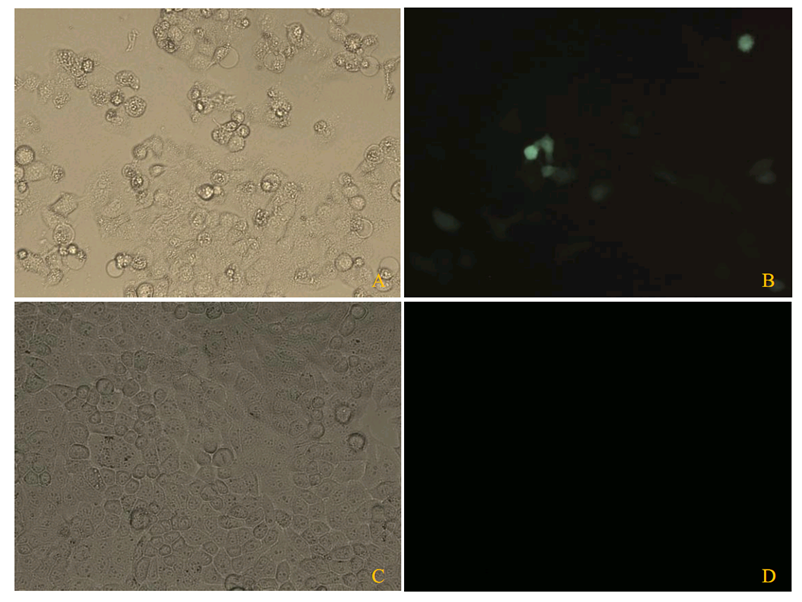
We performed a tranfection of pEGFP+Targeted Biobrick into HeLa cells with several control groups for identification. The transfection efficiency is quite high, though slightly lower compared with the pEGFP empty vector control group.
After tranfection and identification of green fluorescence, we purified the total proteins of HeLa cells, because only the desired fusion protein will produce green fluorescence in further characterization.
Prokaryotic Production System
After bacteria culture and protein purification, we gained the desired fusion protein with correct molecular weight. Of course, the prokaryotic production system in our project also bears the advantage of a higher purity.
Targeted Biobrick Characterization System
The cells we used in the characterization system are MRC-5 and HeLa, whose proliferation characters and morphology are significantly different.
We firstly characterized the Targeted Biobrick generated by the eukaryotic production system. The green fluorescence was not so high as the tranfected vectors encoding the Targeted Biobrick-GFP ORF. Though we slightly prolonged the exposure time of fluorescent microscopy for sensitive detection, the exposure time regarding each group did not change in order to keep the fidelity of the data.
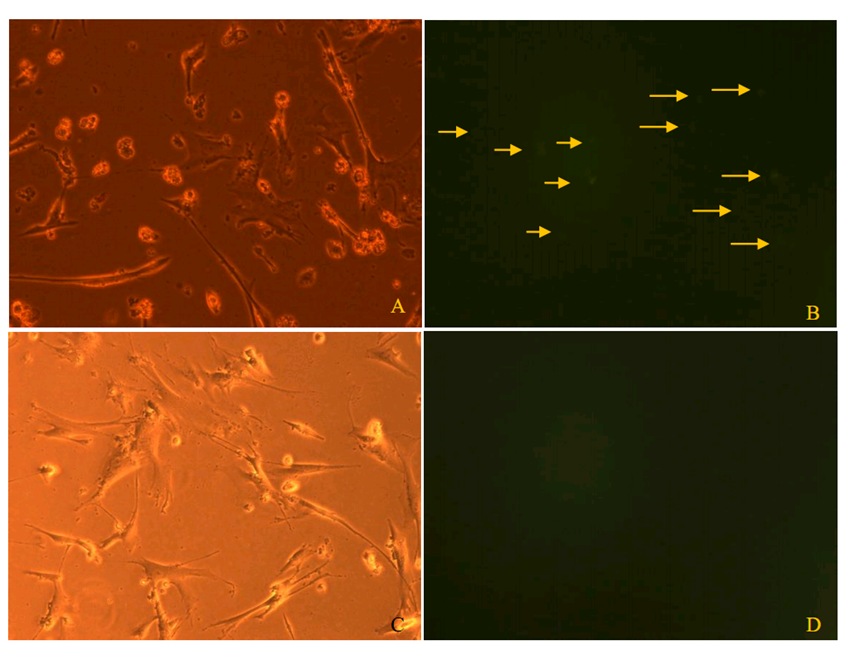
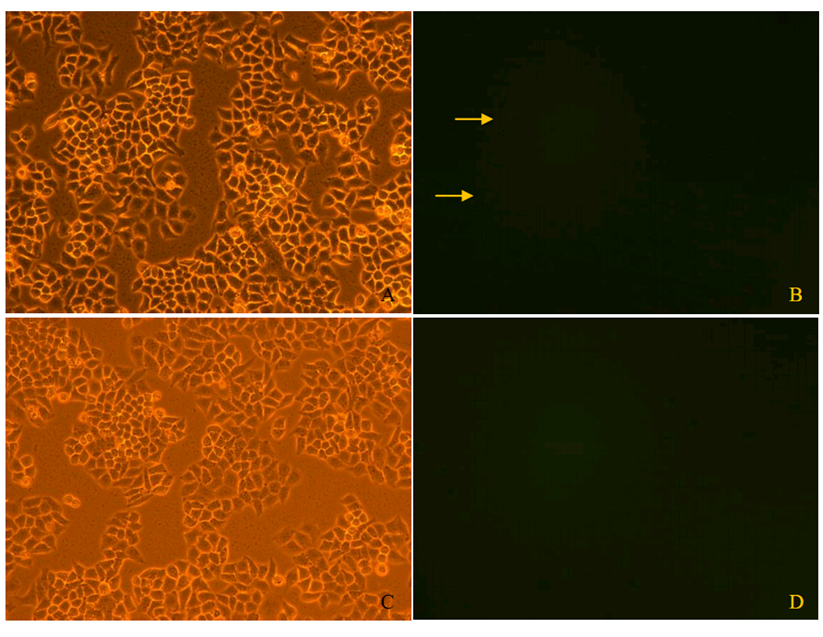
By comparing the fluorescent microscopy pictures of the HeLa and MRC-5 cells after co-incubation with Targeted Biobrick-GFP fusion protein, we conclude that the TAT-Targeted Biobrick might have a higher specificity to MRC-5 cells compared with HeLa cells. However, the green fluorescence produced by Targeted Biobrick-GFP fusion protein via eukaryotic production system is relatively low. So we recommend researchers to take other eukaryotic production systems, such as a more commonly used CHO cell protein production system, into account.
 "
"
